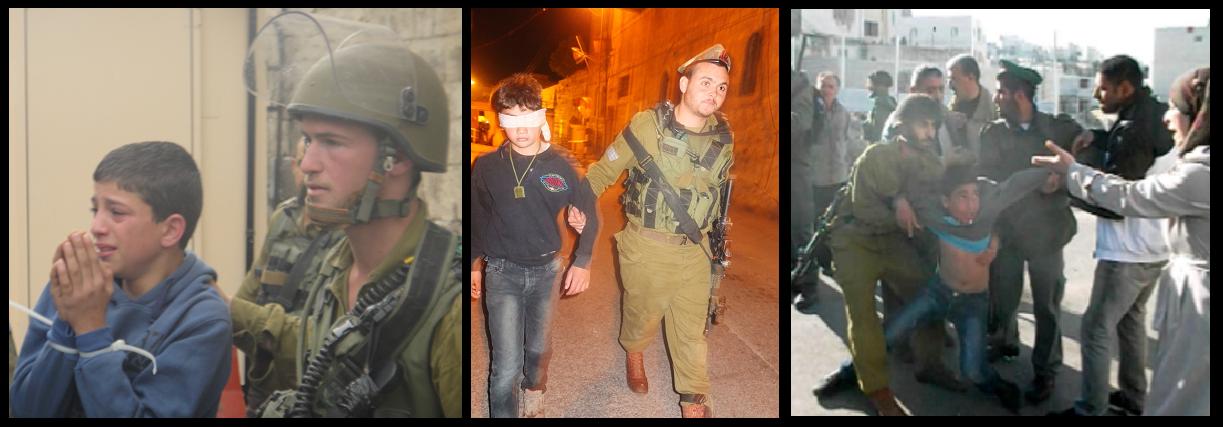Tag: Video
-
Video – Wave of child arrests intensifies in Hebron
21th July 2013 | International Solidarity Movement, Khalil Team | Hebron, Occupied Palestine On the evening of Sunday, July 14, in the old city of Hebron two Palestinian children named Mohammed and Ahmed, both aged 13 years old, were arrested. Though joining a wave of child arrests in Hebron during the last weeks, the arrests…
-
Video- Kafr Qaddum demonstration against the Prawer Plan violently repressed by the Israeli army
20th July 2013 | International Women’s Peace Service | Kafr Qaddum, Occupied Palestine On Friday 19 July, the residents of Kafr Qaddum gathered for a demonstration against the Prawer Plan, an Israeli government plan that will ethnically cleanse the occupied al-Naqab desert. Protesters were violently attacked by Israeli soldiers who repeatedly raided the village firing…
-
Video- Journalists’ protest violently supressed by Israeli forces at Qalandiya checkpoint
18th July 2013 | International Solidarity Movement, Ramallah Team | Qalandiya, Occupied Palestine Yesterday, around 150 Palestinian journalists protested at Qalandiya checkpoint demanding freedom of movement for journalists. Israeli forces violently suppressed the demonstration by throwing sound bombs and shooting rubber coated steel bullets at journalists, resulting in five people injured. At 12am, journalists arrived…

